Sustainability Focus
The increasing emphasis on sustainability is a pivotal driver for the Metal Can Packaging Market. Consumers are becoming more environmentally conscious, leading to a demand for recyclable and eco-friendly packaging solutions. Metal cans, being 100% recyclable, align well with these consumer preferences. In fact, studies indicate that recycling rates for aluminum cans are significantly higher than for other materials, with over 75% of aluminum ever produced still in use today. This trend is likely to continue, as companies strive to meet sustainability goals and reduce their carbon footprints. As a result, the Metal Can Packaging Market is witnessing a shift towards more sustainable practices, which could enhance brand loyalty and attract environmentally aware consumers.
Growth in Beverage Sector
The beverage sector is experiencing robust growth, which serves as a substantial driver for the Metal Can Packaging Market. With the rise in demand for both alcoholic and non-alcoholic beverages, manufacturers are increasingly opting for metal cans due to their lightweight nature and ability to preserve product quality. Data suggests that The Metal Can Packaging Market is projected to reach over 1.5 trillion USD by 2026, with metal cans capturing a significant share of this growth. The convenience of metal cans, coupled with their ability to maintain freshness and flavor, positions them favorably in a competitive market. This trend indicates that the Metal Can Packaging Market is likely to expand in tandem with the beverage sector, providing opportunities for innovation and product diversification.
Advancements in Technology
Technological advancements are playing a crucial role in shaping the Metal Can Packaging Market. Innovations in manufacturing processes, such as improved canning techniques and enhanced printing technologies, are enabling companies to produce higher quality products at lower costs. For instance, the introduction of digital printing allows for more intricate designs and customization options, appealing to a broader consumer base. Furthermore, automation in production lines is increasing efficiency and reducing waste, which is essential for meeting the growing demand. As technology continues to evolve, it is expected that the Metal Can Packaging Market will benefit from enhanced operational capabilities and improved product offerings, potentially leading to increased market share.
Regulatory Support for Recycling
Regulatory support for recycling initiatives is emerging as a significant driver for the Metal Can Packaging Market. Governments worldwide are implementing policies aimed at promoting recycling and reducing waste, which directly benefits the metal can sector. For example, many regions are introducing deposit return schemes that incentivize consumers to return their cans for recycling. This regulatory environment not only encourages responsible consumer behavior but also enhances the overall recycling rates of metal cans. As a result, the Metal Can Packaging Market is likely to experience growth, as companies align their practices with these regulations and consumers increasingly favor products that contribute to a circular economy.
Rising Demand for Convenience Foods
The rising demand for convenience foods is significantly influencing the Metal Can Packaging Market. As lifestyles become busier, consumers are increasingly seeking ready-to-eat and easy-to-prepare meal options. Metal cans provide an ideal packaging solution for these products, offering durability and extended shelf life. Market analysis indicates that the convenience food sector is expected to grow at a compound annual growth rate of over 4% in the coming years. This trend is likely to drive the demand for metal can packaging, as manufacturers look to capitalize on the convenience food boom. Consequently, the Metal Can Packaging Market is poised to expand, catering to the evolving preferences of modern consumers.


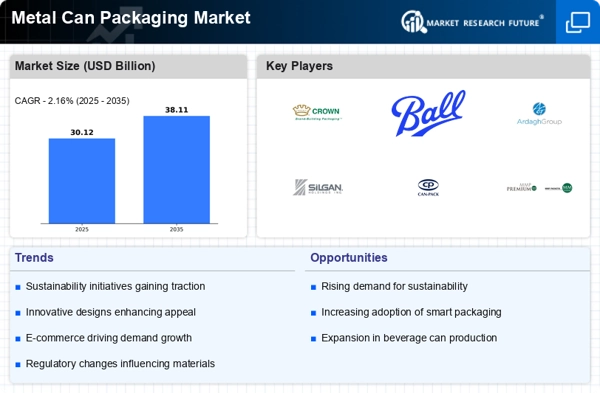

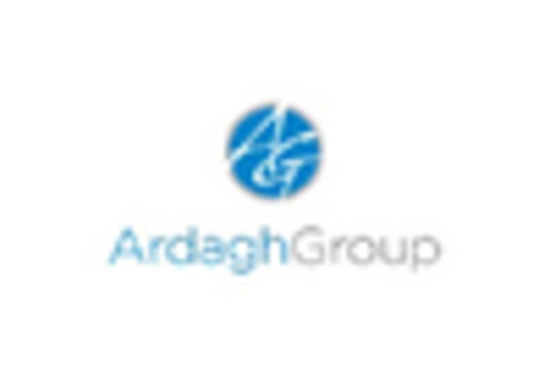
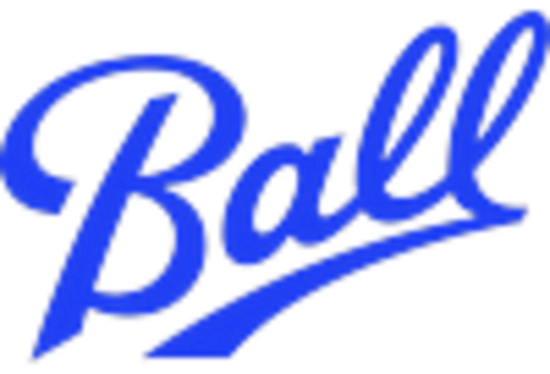

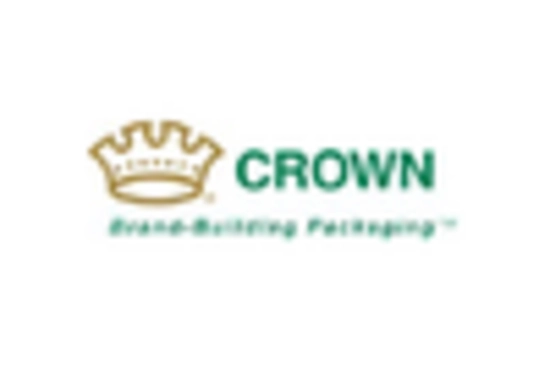
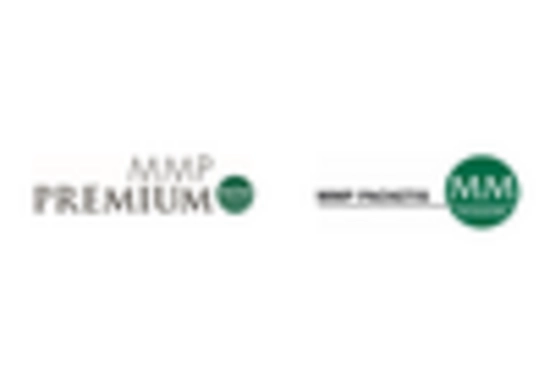









Leave a Comment